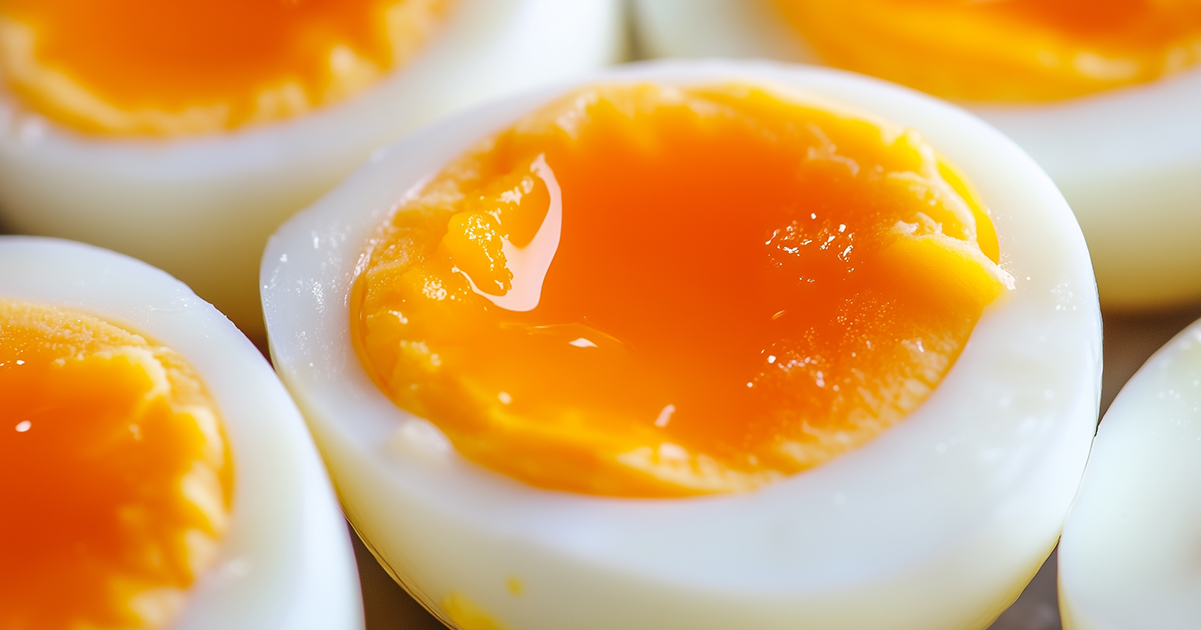
If you’ve ever cooked chicken and noticed a white, gooey substance oozing out, you’re not alone. This common occurrence often raises questions and concerns among home cooks. Let’s delve into what this substance is, why it appears, and how to minimize its presence in your culinary creations.
Understanding the White Substance
The white material that sometimes emerges from cooked chicken is primarily composed of water and proteins, notably albumin. Albumin is a water-soluble protein found in muscle tissue. During cooking, especially at high temperatures, the muscle fibers contract, expelling moisture and proteins. As the heat continues, these proteins coagulate, forming the white substance observed on the surface of the chicken.
Factors Contributing to Its Appearance
Several factors can influence the presence and amount of this white substance:
-
Freezing and Thawing: Repeated cycles of freezing and thawing can damage muscle cells, leading to increased moisture and protein release during cooking.
-
Cooking Temperature: High-temperature cooking methods, such as roasting or pan-searing, can cause rapid muscle fiber contraction, pushing out more moisture and proteins.
-
Type of Chicken: Boneless, skinless chicken breasts, which are lean and have less fat, are more prone to this phenomenon due to their higher protein content.
Is It Safe to Consume?

Yes, the white substance is safe to eat. It’s simply denatured protein and water. However, if the chicken emits an unusual odor, has a slimy texture, or shows discoloration, these could be signs of spoilage, and the chicken should not be consumed.
Tips to Minimize Its Occurrence
To reduce the appearance of the white substance:
-
Cook at Lower Temperatures: Opt for moderate cooking temperatures to lessen muscle fiber contraction.
-
Use Fresh Chicken: Whenever possible, use fresh, never-frozen chicken to avoid cell damage from ice crystals.
-
Pat Dry Before Cooking: Removing surface moisture can help achieve better browning and reduce protein leakage.
-
Allow Chicken to Rest: Letting cooked chicken rest before slicing helps redistribute juices and minimize moisture loss.
Understanding this common kitchen occurrence can enhance your cooking experience and ensure your dishes are both delicious and visually appealing.





